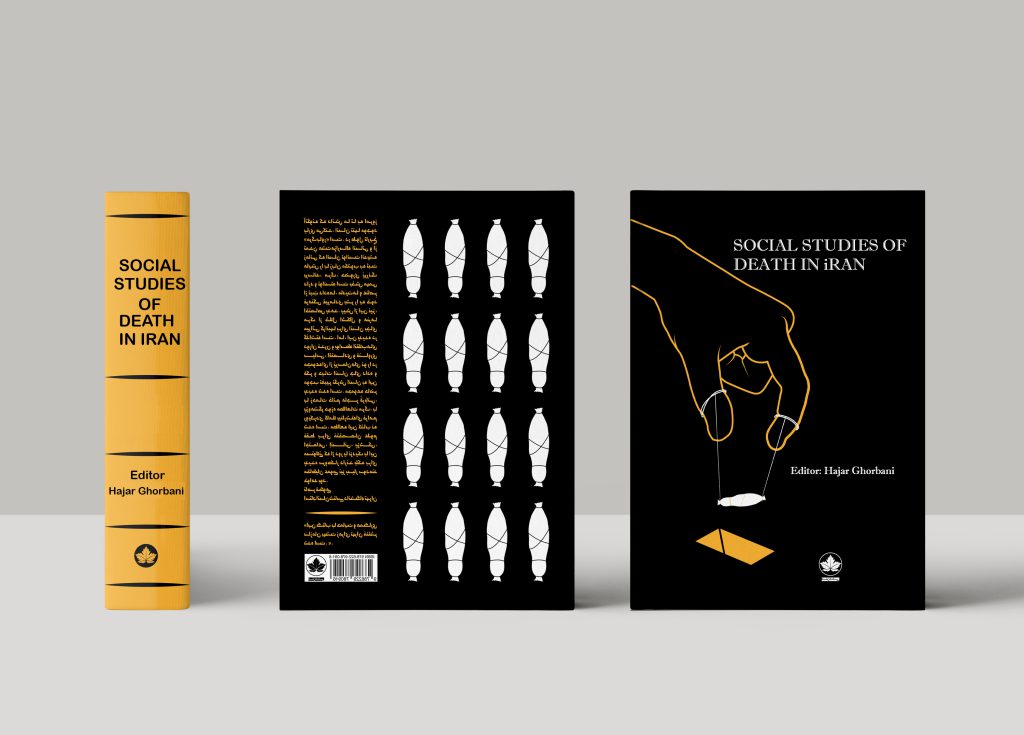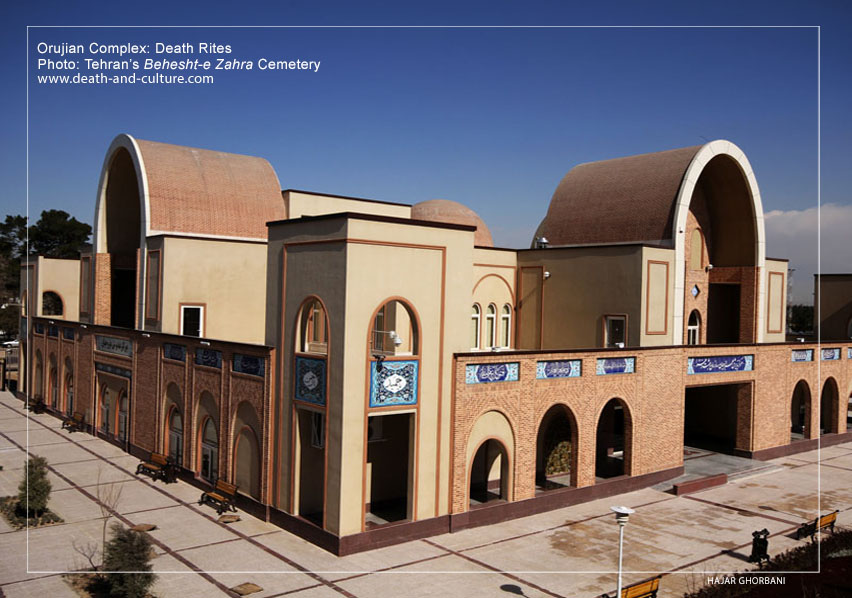
this edited volume, Hajar played a pivotal role, commencing with proposalpreparation and funding application from Tehran’s municipality and Behesht-e Zahra cemetery. Shesuccessfully assembled twenty-five distinguished scholars from diverse fields in social sciences andhumanities across four countries. Engaging actively with each contributor, she fostered insightful discussionsto align their chapters seamlessly with the book’s overarching themes. With refinement, she ensured acoherent integration of ideas and unwavering commitment to the central concepts. Beyond editing, Hajarauthored the book’s introduction and a chapter of her own.

